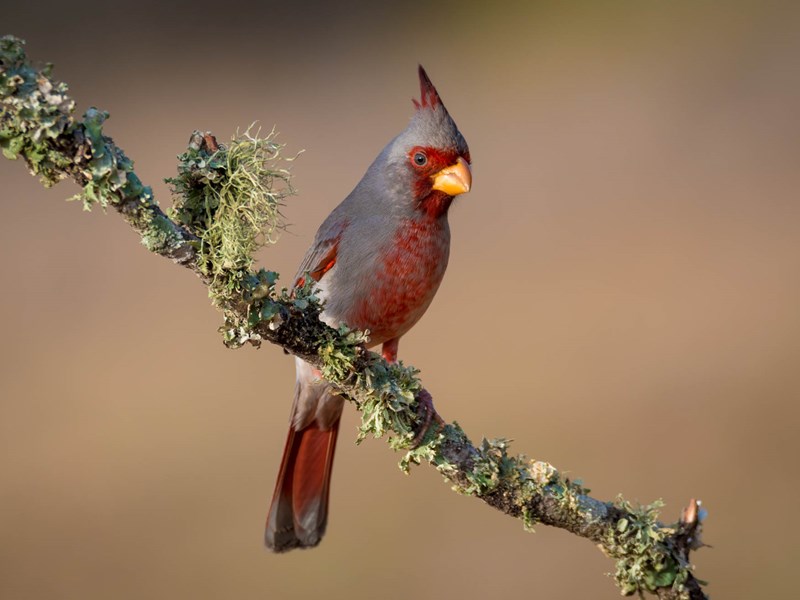Region 4 - Trans Pecos
Birds of the Trans Pecos
The Trans-Pecos
The Trans Pecos Region of far west Texas includes the northern extension of the Chihuahuan Desert. It includes the highest point in Texas, Guadalupe Peak. There are several mountain ranges including Guadalupe, Davis, and Chisos. The region also includes the two national parks in Texas, Big Bend and Guadalupe Mountains National Parks.
Popular Birding Spots
- When birding in the Trans Pecos Region, find where the water is.
- DDD Olds Creek – Jeff Davis County
- Balmorhea Lake – Reeves County Creek – Jeff Davis County
- Candelaria Wetlands – Presidio County
- BJ Bishop Wetlands – Presidio County
- Shafter Ghost Town – Presidio County
- RR 169 Former Alamito Picnic Area
- Fort Quitman Pond/Wetlands – Hudspeth County
Special Birds
- Montezuma Quail
- Pacific and Yellow-billed Loons
- Common Black Hawk
- Gambel’s Quail
- Virginia Rail
- Colima Warbler
- Red-faced Warbler
- Multiple species of hummingbirds
Click here to download a pdf of popular birding spots
REGION 3 – Piney Woods
Counties: Anderson, Angelina, Bowie, Camp, Cass, Cherokee, Delta, Franklin, Gregg, Hardin, Harrison, Henderson, Hopkins, Houston, Jasper, Lamar, Liberty, Marion, Montgomery, Morris, Nacogdoches, Newton, Orange, Panola, Polk, Rains, Red River, Rusk, Sabine, San Augustine, San Jacinto, Shelby, Smith, Titus, Trinity, Tyler, Upshur, Van Zandt, Walker, Wood
Region 4 Trans Pecos
Regional Reports
Click on the links below to view the North American Birds report from this biological region in Texas. The TOS Region that most closely matches the biological region is noted in parentheses.
Trans-Pecos (similar to TOS Region 4 Trans-Pecos)
Texas Ornithological Society
Welcome to the Amazing World of Texas Birds!
If you love birds, Texas is definitely the place for you! With eight different geographical regions to explore, each offering its own, unique wildlife environment; more than 660 species to be discovered; and a location adjacent to the tropical regions of Mexico and Central America, you never know what you might see when you grab your binoculars and head out!
Texas Ornithological Society is proud to promote the discovery, knowledge, observation and conservation of birds in Texas since 1953.







